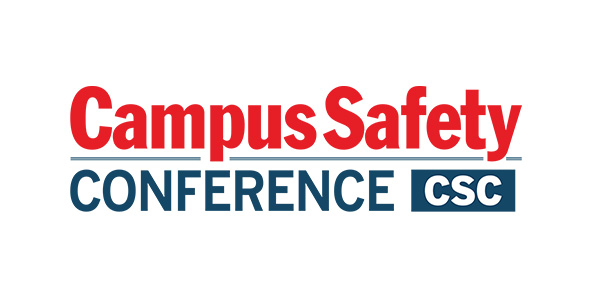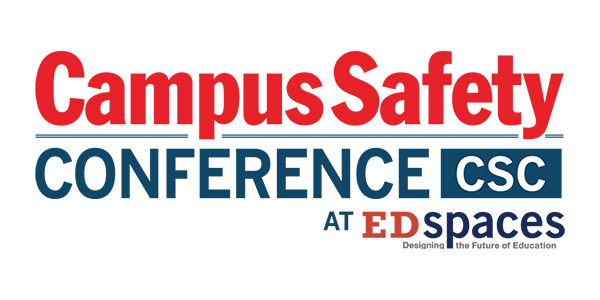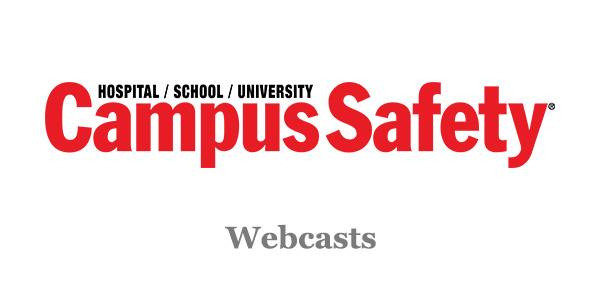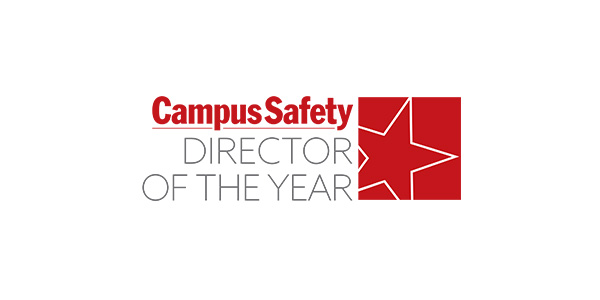Executives today operate under unprecedented visibility. Whether speaking on live-streamed panels on college campuses, appearing in press coverage or staying active on social media, their public presence makes them symbolic targets. Economic tensions that provoke widespread layoffs and market instability often amplify that scrutiny, increasing the likelihood of executives becoming focal points for backlash.
Related Article: NYPD Warning: Murder of UnitedHealthcare CEO Could Inspire More Attacks on Executives
This heightened visibility translates into real-world vulnerability. For security professionals, it signals a growing need for executive protection programs that are mobile, flexible, and deeply integrated with real-time intelligence.
According to a recent analysis of 2025 proxy filings, roughly 31% of S&P 500 firms provided executive security perks in 2024. This figure climbed from prior years, with median perquisite spending soaring nearly 119% to about $94,300. Notable increases include Intel’s jump from just $3,000 in 2023 to almost $250,000 in 2024.
These figures reflect a broader shift away from legacy guarding models and toward solutions that operate continuously, regardless of location. Integrators are now expected to go beyond traditional perimeter defense and help organizations implement connected systems that follow executives through every environment they enter.
Executive Protection Marks A Shift in Risk Exposure
Modern threats don’t just target fixed facilities. Instead, they follow executives across events, off-site meetings, and online footprints. A single LinkedIn post can reveal travel plans or speaking engagements. Even corporate earnings calls or product announcements can attract targeted opposition. The tragic killing of UnitedHealthcare CEO Brian Thompson underscored how quickly risks can escalate beyond traditional infrastructure.
Executive protection must now be responsive and mobile, designed to react in real time and anticipate risk before it escalates. That level of adaptability depends on an integrated approach, where real-time data, mobile technology, and security operations work in lockstep.
Moving From Fixed Systems to Mobile Operations
Many executive protection programs rely on static components like security booths, badge readers, and standalone surveillance. However, when a CEO is attending a conference across town or flying to another country, those systems offer limited value.
Related Article: How to Develop Protective Details for High-Profile Speakers and Dignitaries
Mobile-first solutions extend visibility by combining dashboards with mobile guard apps, enabling instant updates for teams and supervisors alike. The technology reduces dependence on radios, paper logs and manual reporting while creating a faster and more transparent workflow. This shifts security from waiting at posts to actively monitoring executives in motion.
Executive Protection Oversight and Real-Time Intelligence
An effective executive protection strategy depends on more than boots on the ground. Decision-makers also need a centralized platform to manage deployments, track assets, and analyze real-time activity.
When an executive changes plans, reroutes travel, or encounters a developing protest near an event, that information must flow instantly to the team. Security professionals can design systems that enable this by tying field data into a single operational view. Teams don’t have to toggle between platforms or lose time relaying information. They can adjust strategy and communicate across roles from a single screen.
This also simplifies deployment. With flexible configuration tools, integrators can design coverage plans that shift dynamically without requiring separate systems for different use cases. Whether an executive is at headquarters, home, or overseas, the experience remains consistent.
Proactive Escalation and Prevention
Executive protection cannot wait for a breach to act. Systems must flag irregularities and route alerts through smart escalation workflows. Mobile guards can set status indicators, confirm digital post orders, and initiate escalation protocols when something is off. Missed GPS check-ins, incomplete task reports, or deviated schedules can all trigger alerts that reach the right person, fast.
Related Article: CS@EDspaces Conference Tackles Controversial Speaker Security
This type of automation helps small teams do more while still maintaining human oversight. A well-built escalation path ensures that executives remain protected even as security resources stretch across locations.
Integrators and security teams can lead in setting these parameters by working closely with clients to understand risk thresholds, shift patterns, and access policies.
Compliance, Documentation and Legal Protection
Security professionals are expected to deliver more than systems; they’re asked to help clients stay compliant and audit-ready. In executive protection, that means maintaining clean digital records, verifying activity, and storing data securely for potential legal reviews or insurance audits.
Modern programs achieve this by embedding structure into daily operations. Service templates, client profiles in CRM, and workforce management platforms ensure that scheduling, approvals, payroll, and billing are handled consistently across engagements. By linking operational and financial workflows into centralized dashboards, teams can deliver both transparency and accountability. Every action – from task assignments to check-ins – can be logged with time stamps, credentials, and location data, creating a verifiable record that supports compliance while also proving value to clients.
Tailored Executive Protection Configurations
No two executives face the same risks. A biotech CEO facing public protest threats will require a different coverage than a CFO managing sensitive M&A activities. The right architecture allows integrators to configure site- and role-specific protocols without fragmenting the overall system.
That means post orders, reporting tools, escalation paths, and schedules can all be adjusted based on the executive’s location or known risk level. Integrators can deliver a customized experience for each client or executive while maintaining centralized oversight. The result is an adaptable, scalable system that grows with the organization.
Centering the Human Element
Technology can empower executive protection teams, but it can’t replace them. Security teams must prioritize platforms that enhance human decision-making rather than automate it beyond recognition. When threats emerge, the on-the-ground security officers interpret context, engage with stakeholders, and decide how to act.
Related Content: Executive Protection and Workplace Violence: Identifying and Preventing Incidents
Next-gen solutions are built with this in mind. They give officers the tools to move quickly, supervisors the ability to see clearly, and organizations the assurance that their leaders are protected by more than simply hardware. The human element remains at the core of every deployment, and technology’s job is to support that element.
The Future of Executive Protection is Mobile-First
In 2025, executive protection is less about static systems and more about agility, foresight, and integration. The systems integrator’s role has shifted from simply installing hardware to shaping strategies that protect leaders wherever they go, whether on stage, in transit, or online.
The most effective programs will merge mobile-first platforms, real-time intelligence, and human expertise into a single, seamless operation. For organizations, that means their highest-profile people are guarded not by fragmented checkpoints, but by a living system that adapts with every move they make.
For security professionals, the mandate is clear: protection must keep pace with visibility. Those who can anticipate risk and deliver continuity across environments will define the next era of executive security.
Jeff DiDomenico is vice president of strategic development at Trackforce. This article was originally published in CS sister publication Security Sales & Integration and has been edited.
Note: The views expressed by guest bloggers and contributors are those of the authors and do not necessarily represent the views of, and should not be attributed to, Campus Safety.







